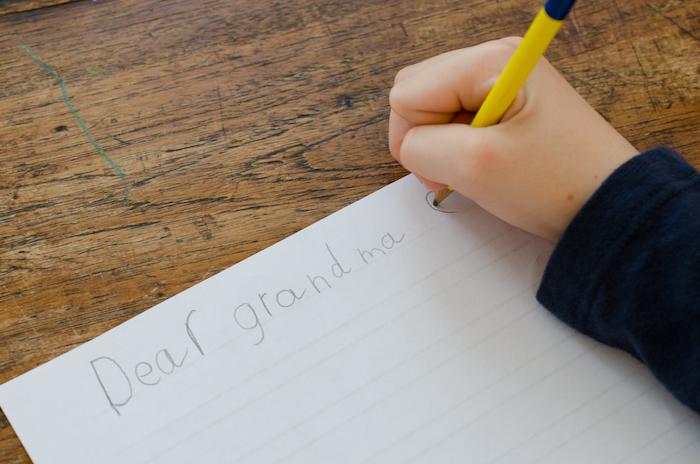Dear Readers,
Studies suggest that loneliness permeates our world today, undermining health and even leading to early mortality. This problem is not limited to adults but affects children as well.

Dear Readers,
Studies suggest that loneliness permeates our world today, undermining health and even leading to early mortality. This problem is not limited to adults but affects children as well.